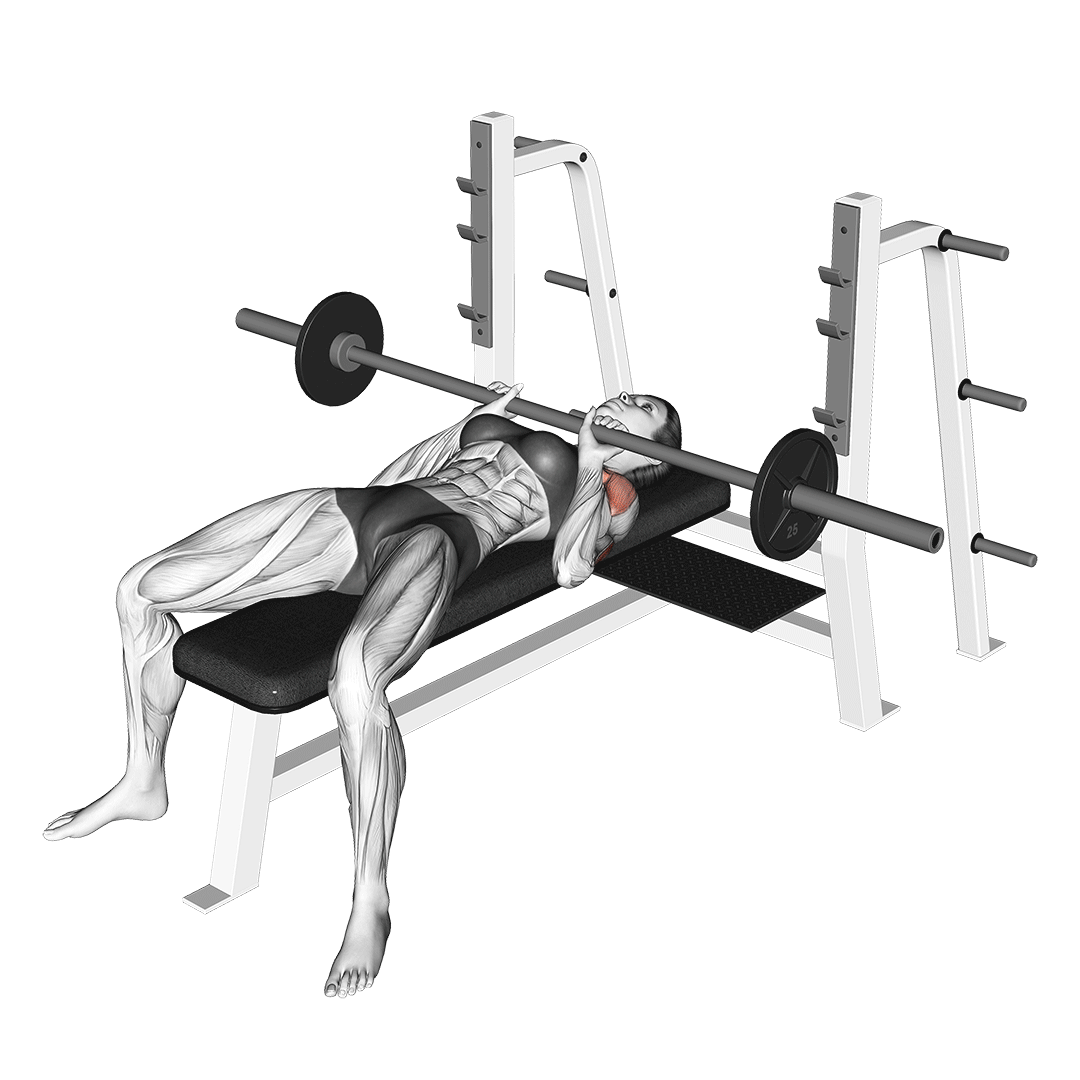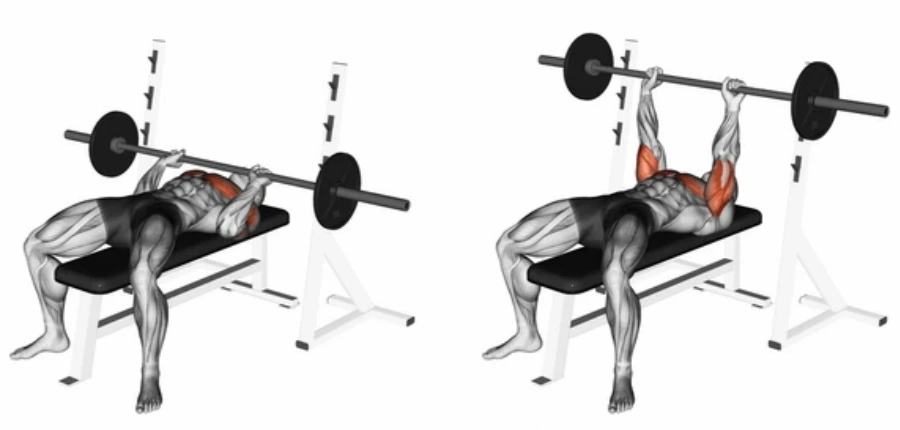How much does the bar weight bench press? The standard weight of an Olympic barbell, commonly used for bench press exercises, is 45 pounds (20 kilograms). You’re laying back on the bench, psyching yourself up for that next set, focused on feeling that deep stretch and powerful contraction in your lower chest. You load up the plates – maybe a couple of 45s on each side – ready to push. But hold up… did you actually count the bar itself?
1. How Much Does a Standard Bench Press Bar Weigh?
Here’s the absolute bedrock truth you gotta know: The standard Olympic barbell you’ll find on nearly every bench press station weighs 45 pounds (20 kilograms). That’s non-negotiable for the classic, 7-foot long, men’s bar.

- The Gold Standard: 45 lbs (20 kg)
- It’s PART of Your Total Lift: Think loading two 45-lb plates means you’re pressing 90 lbs? Nope. It’s bar (45 lbs) + plate 1 (45 lbs) + plate 2 (45 lbs) = 135 lbs total.
- The Common Exception: Women’s Olympic Bars (33 lbs / 15 kg)
- The Golden Rule: VERIFY FIRST “Your lower chest growth hinges on precise overload. Before you load a single plate:
- Check the end cap for stamped weight (20kg, 45lb, etc.).
- Ask a staff member.
- Weigh it (half on a scale, double the reading).
Always verify the bar weight before you start stacking plates, especially if it’s an unfamiliar bar.
2. Is There a Way to Tell How Much a Barbell Weighs?
So, you’re staring at a bar you don’t recognize. Don’t panic, and definitely don’t just assume it’s 45lbs!
- Check the End Cap: You might see “20kg”, “45lb”, “15kg”, or “33lb”. If it’s there, problem solved. Simple, but so many people overlook it.
- Compare Visually & By Feel (The “Eyeball & Heft” Test):
- Standard vs. Women’s: Pick up a bar you know is 45lbs. Now pick up the mystery bar. Does the mystery bar feel noticeably lighter? Is it slightly shorter? Thinner grip? These are strong indicators it’s likely a 33lb/15kg women’s bar.
- Thickness & Stiffness: Technique bars or beginner bars are often thinner in the shaft and feel significantly lighter and less rigid than a solid 45lb Olympic bar. Fixed-weight barbells are usually skinny and clearly marked, but if the sticker’s gone, the thickness is a giveaway – they feel flimsy compared to an Olympic bar.
- Weigh It (The Foolproof Method):
- Find a flat surface near the scale.
- Carefully roll one end of the barbell onto the scale. Make sure the other end is firmly on the floor (not on the scale platform!).
- Note the weight reading. Let’s say it shows 25lbs.
- Since only half the bar is on the scale, the total weight is roughly double that reading. So, 25lbs x 2 = ~50lb bar. (This method isn’t perfectly precise due to weight distribution, but it gets you extremely close – certainly close enough for tracking your bench press!). I had to do this just last week with a funky-looking bar at a new gym I was visiting. Turned out it was a 55lb “power bar” – significantly heavier than standard!
3. Why This Precision Matters for Your Lower Chest
Knowing the exact weight you’re pressing isn’t just about ego; it’s foundational for intelligent training, especially when targeting specific areas like the lower chest. How can you accurately:
- Track Progressive Overload: Did you truly add 5lbs this week, or did you just use a different bar?
- Calculate Proper Intensity: Hitting 75% of your 1-rep max requires knowing your true 1RM, bar weight included.
- Ensure Balanced Development: Precise loading helps you push your lower chest effectively without accidentally overloading your shoulders or triceps due to miscalculated weight.
- Communicate Effectively: Telling your training partner or coach you benched “225” means something specific – it includes the bar!
That bar isn’t just a handle; it’s a significant chunk of iron contributing to every single rep. How much does the bar weight bench press? Assume nothing. Verify everything. Make checking the bar weight as automatic as chalk-ing up. Whether it’s spotting the stamp on the end cap, giving it a quick comparison lift, or taking 30 seconds to weigh it, knowing your true starting point is non-negotiable. It transforms guesswork into precision, letting you focus on what truly matters: executing those lower chest presses with perfect form and intentional load, rep after powerful rep. Now go lift smart – and crush that lower chest development!
Welcome! I’m Jordan Mitchell, the dedicated editor at Leadman Fitness, where we specialize in manufacturing high-quality bumper plates, barbells, weight machines, kettlebells, and dumbbells. With a passion for fitness and a keen eye for detail, I ensure that our product information is clear, accurate, and engaging for our customers. My role involves collaborating closely with our design and production teams to highlight the innovative features and superior craftsmanship that set Leadman Fitness apart in the industry. Whether you’re a professional athlete or a fitness enthusiast, I’m here to provide you with the information you need to achieve your training goals with our top-of-the-line equipment.
